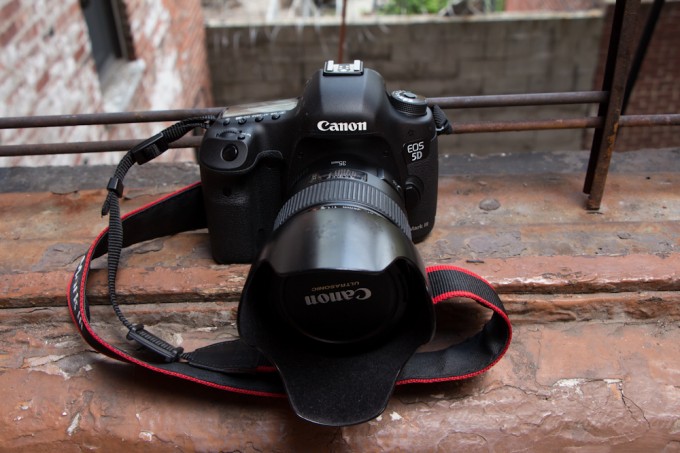Imagine for a second that you’re shooting a photo gig that will help further your career and is paying quite handsomely. Things are going well and there is so much hope. But then out of the blue, the camera malfunctions or breaks, or something else really terrible happens to it. You fall to your knees–broken and dumbfounded as to what to do.
It happens: trust us, it happens. And any photographer that wants to be a professional needs to have at least two bodies to ensure that this doesn’t happen.
Years ago when I was first starting out, I didn’t have two bodies either–but I was a working photojournalist and paparazzi who needed to switch lenses while on the move.
The things that happened that could have easily been prevented if I had just picked up a second body make me still kick myself.
So what happened?
– While switching lenses, dust and debris sometimes got onto the sensor and therefore ruined my images. It would require me to go to a local place to get the sensor cleaned. While this happened, I couldn’t shoot and pretty much sat around twiddling my thumbs instead of making money.
– The camera would get soaked sometimes during rain showers. As much as I tried to protect it, I couldn’t prevent autofocus issues arising and other problems arising due to needing to shoot in inclement weather.
– I’d need to switch lenses and miss a moment when I could have instead just pulled the other camera up to me to capture a scene.
– I could have switched to the other body immediately instead of having to change the battery, and therefore missing moments.
– When one camera was at its buffer on the CF writing process, the other camera could have been capturing images.
– When shooting in a pit, it would have been much easier to get the shot if I didn’t need to switch lenses without moving and hitting someone.
Sure, you may be careful and the chances of it happening to you are very slim. But it happens to the best of us, and we all need a second camera body for various reasons.
Notice where we’re going with this?
Having a second body is all about ensuring that you not only capture the moment, but make sure that you can capture it to the way that your creative mind sees it. Before you think of becoming even a semi-professional shooter, we really recommend that you pick up a second camera body even if it’s a cheap one.
To start, work on getting the good lenses first and use cheaper camera bodies. Later on, work towards getting the more expensive camera bodies.



